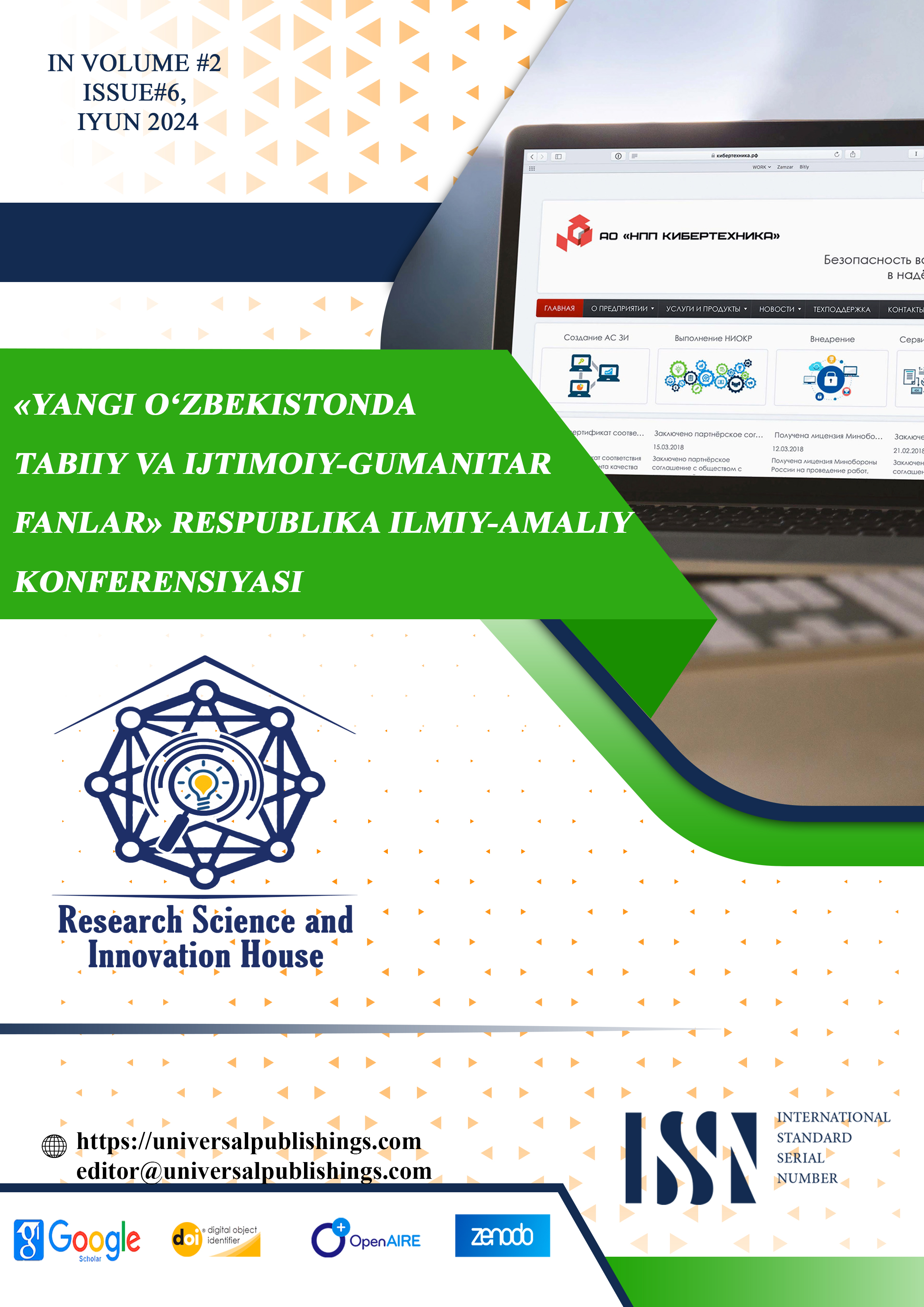Abstract
This article explores the implementation of pragmatic translation techniques to enhance professional competence among English-Uzbek translation students. Pragmatic translation goes beyond literal meaning, requiring students to understand cultural nuances, contextual implications, and idiomatic expressions to achieve accurate and contextually appropriate translations. Given the cultural and linguistic differences between English and Uzbek, students need to acquire skills that allow them to adapt meaning effectively across contexts. The article discusses various techniques, such as analyzing speech acts, handling implicit meanings, and adapting idiomatic language, to improve students' professional competence. By integrating practical exercises, case studies, and peer-reviewed translations, the study demonstrates how these techniques can be embedded into translation curricula. The findings suggest that a focus on pragmatic translation not only increases students' awareness of cross-cultural nuances but also enhances their ability to produce culturally relevant translations. This approach contributes to a deeper understanding of pragmatic translation, making students better equipped for professional roles in the translation field.
References
1. Baker M. (2018). In Other Words: A Coursebook on Translation (3rd ed.). Routledge. See Chapter 7, "Pragmatic Equivalence," pp. 227–270.
2. Bell R. T. (1991). Translation and Translating: Theory and Practice. Longman. Chapter 5, "Text and Pragmatics," pp. 97–120.
3. Hatim B., & Mason I. (1997). The Translator as Communicator. Routledge. Chapter 3, "Pragmatics and the Translator," pp. 58–77.
4. House J. (2015). Translation Quality Assessment: Past and Present. Routledge. Chapter 4, "Pragmatic Aspects of Translation Quality," pp. 89–112.
5. Kecskes I. (2014). Intercultural Pragmatics. Oxford University Press. Chapter 6, "Pragmatic Competence," pp. 145–170.
6. Newmark P. (1988). A Textbook of Translation. Prentice Hall. Chapter 10, "The Translation of Pragmatic Texts," pp. 39–44.
7. Nord C. (2005). Text Analysis in Translation: Theory, Methodology, and Didactic Application of a Model for Translation-Oriented Text Analysis. Rodopi. Chapter 5, "Pragmatic Analysis," pp. 135–160.

